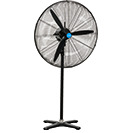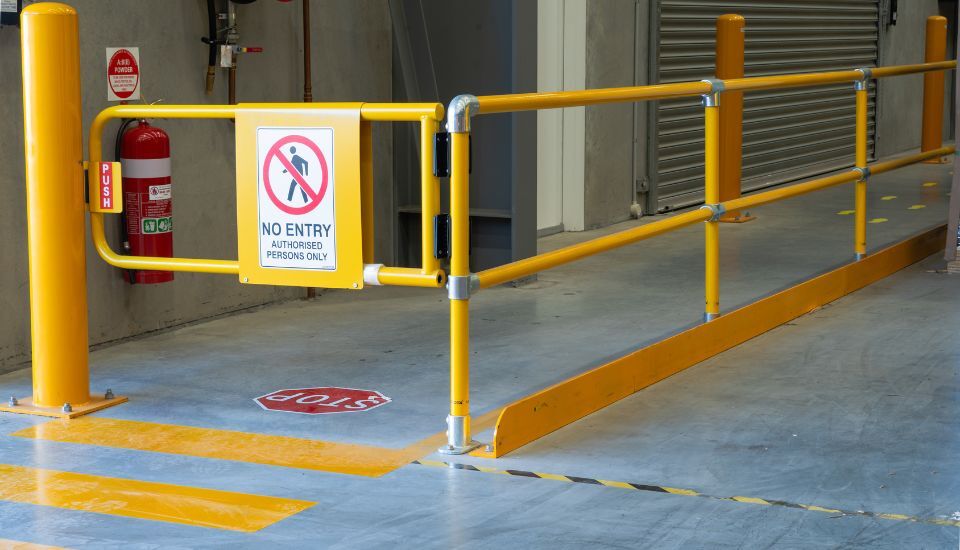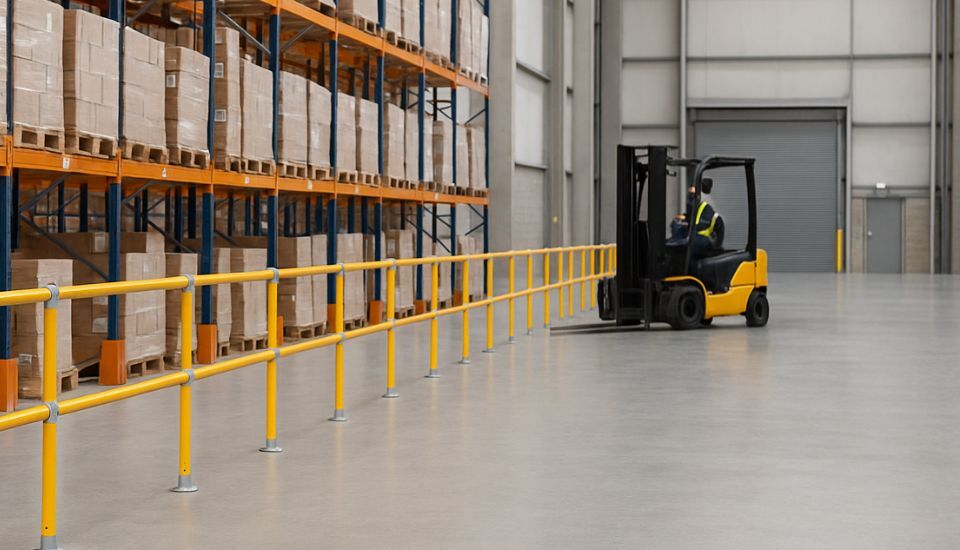6 Features That Make Safety Barriers Vital in Work Environments
Date Posted:29 August 2025
Busy warehouses and worksites demand heightened safety. Find out how safety barriers can reduce accidents and protect your team with these 6 essential features.
Verdex Insights: At a Glance
-
The Challenge: High-traffic workplaces such as warehouses, factories, and construction sites face elevated risks of collisions, falls, and equipment damage. Without structured pedestrian and vehicle separation, incidents can lead to serious injuries, downtime, and WHS compliance issues.
-
The Insight: Safety barriers provide a proven, cost-effective way to prevent accidents by controlling traffic flow, defining safe zones, and protecting both people and infrastructure. When placed strategically, they reduce congestion, improve visibility, and create safer, more efficient operations.
-
The Verdex Solution: Verdex supplies WHS-compliant safety barriers, guardrails, and bollards for warehousing, logistics, and industrial wowrkplaces. Our durable, high-visibility systems help Australian businesses reduce workplace accidents, safeguard equipment, and stay compliant with national safety standards.
How Safety Barriers Reduce Workplace Accidents in High-Traffic Areas
Workplace safety is a fundamental aspect of ensuring both productivity and well-being in any business. When it comes to environments with high foot traffic, such as warehouses, construction sites, factories, or distribution centres, the risk of accidents is significantly elevated.
One of the most effective measures to prevent injuries and accidents in these high-traffic areas is the use of safety barriers and security bollards. These barriers not only protect workers from hazards but also help organise the flow of movement, reduce collisions, and prevent the damage of equipment and goods.
In this blog, we will explore how safety barriers can reduce workplace accidents, focusing on their role in high-traffic zones, and how businesses can effectively implement them to create a safer environment.
6 Roles and Features of Safety Barriers in High-Traffic Areas
In areas where workers, vehicles, and heavy machinery operate simultaneously, the risk of accidents such as collisions, trips, falls, and equipment damage increases. Safety barriers provide a physical and visual deterrent that keeps hazardous areas separate from pedestrian paths or vehicle routes. Here are some of the key ways that safety barriers enhance safety in high-traffic zones:
1. Preventing Collisions Between Pedestrians and Vehicles
In busy workplaces, the movement of workers and heavy machinery, such as forklifts, pallet jacks, and delivery vehicles, can be a dangerous combination. Accidents between pedestrians and vehicles are common in high-traffic areas where the paths cross. Safety barriers, such as bollards or guardrails, create designated pathways for workers, keeping them away from vehicle routes. By physically separating pedestrian zones from vehicular zones, safety barriers significantly reduce the risk of collisions. In addition to barriers, workplace safety signage and information can further guide both pedestrians and drivers, ensuring everyone stays on the right path.
For instance, installing heavy-duty steel barriers along walkways in warehouses can prevent workers from inadvertently stepping into the path of a moving forklift. This proactive measure not only reduces the likelihood of accidents but also gives workers peace of mind that they are protected in designated walkways.
2. Reducing Risk of Falls
High-traffic areas often feature uneven surfaces, stairways, or loading docks where falls are a common concern. Safety barriers can serve as a protective guard, especially in areas where there are drops or hazardous zones. For example, barriers around loading bays can prevent workers from accidentally stepping into dangerous areas where trucks or equipment are in operation. Worksites can also improve protection with PPE clothing and safety gear to safeguard workers in these high-risk zones.
Guardrails around elevated platforms or machinery ensure that employees remain within safe zones and are less likely to slip or lose balance. By clearly defining boundaries, these barriers act as a physical reminder of the risk zones, which in turn reduces the chances of falls.
3. Preventing the Spread of Hazardous Materials
In workplaces that handle chemicals, toxic substances, or hazardous materials, the importance of safety barriers cannot be overstated. Spill containment barriers, such as bunded walls or barriers surrounding hazardous storage areas, help prevent the spread of chemicals in the event of a leak or spill. This is particularly important in environments where materials are being moved in and out of storage or where heavy machinery may disturb chemicals.
For example, a containment barrier around a chemical storage area ensures that if a spill occurs, it remains contained within a controlled space, preventing workers from exposure and stopping contamination from spreading into high-traffic areas. In addition, barriers can act as a visual signal for workers to remain alert and cautious when working near hazardous materials. To complement barriers, businesses should also keep workplace first aid kits accessible in case of exposure or accidents.
4. Organising Traffic Flow and Reducing Congestion
In warehouses and factories, traffic congestion can lead to confusion and accidents. Workers, forklifts, and delivery trucks may all need to share the same pathways, but without clear guidance, this can result in inefficiency and dangerous situations. Safety barriers help to separate these different types of traffic and direct them along designated routes.
For example, barriers can be used to mark forklift routes, pedestrian paths, or areas for deliveries. By clearly demarcating lanes and zones, barriers reduce the risk of overcrowding and help vehicles and pedestrians navigate the space safely. This organisation increases operational efficiency, while also promoting safety by ensuring that employees know where they should be and where they should avoid.
5. Protecting Equipment and Goods
Workplaces with high levels of traffic, especially those involving machinery and forklifts, can see significant damage to equipment and inventory due to collisions. Safety barriers help prevent vehicles from accidentally hitting expensive machinery, storage racks, and goods. By creating designated safe zones for equipment, businesses can minimise damage and prevent costly repairs or replacements. That’s why businesses often turn to trusted providers like Verdex, who specialise in safety barriers and material handling equipment designed to protect both people and assets.
For example, heavy-duty barriers placed around critical equipment, machinery, or storage areas prevent forklifts from accidentally knocking over shelves or damaging expensive tools. This not only protects assets but also reduces downtime, ensuring operations run smoothly.
6. Visual Alerts and Reminders for Safety
In addition to their physical protective qualities, safety barriers serve as clear visual reminders of safety zones. Brightly coloured barriers, such as yellow or orange guardrails, attract attention and make workers aware of high-risk zones. These colour-coded barriers can help draw attention to potentially dangerous areas such as corners, steps, or machinery.
The visual impact of safety barriers is particularly useful in high-traffic areas where workers may be distracted or under time pressure. A brightly coloured guardrail, for instance, can remind workers to stay alert when approaching machinery or navigating areas with heavy equipment.
Types of Safety Barriers for High-Traffic Areas
There are various types of safety barriers that can be implemented to ensure maximum protection in high-traffic areas. Here are some of the most common options:
Steel Guardrails and Bollards
Steel guardrails and bollards are some of the most effective and durable safety barriers for high-traffic environments. These barriers can be used to separate pedestrian walkways from vehicle routes or to protect critical equipment from accidental damage.
Pedestrian Barriers
These barriers are designed specifically to direct pedestrian traffic and keep workers safe from heavy machinery or vehicle movement. They are often used in areas with mixed traffic or where heavy vehicles and people share the same space.
Barrier Systems for Hazardous Areas
In workplaces where hazardous materials are stored or handled, safety barriers can be used to contain leaks and spills. These barriers are designed to provide containment and prevent the spread of toxic substances.
Loading Dock Barriers
Loading dock barriers are essential for preventing falls and keeping workers safe from moving vehicles when loading and unloading goods. They can be installed around dock bays and near forklift routes to create safe operating zones.
Best Practices for Implementing Safety Barriers
While safety barriers are incredibly effective at reducing workplace accidents, their implementation needs to be strategic to ensure they deliver the desired results. Here are some best practices for successfully integrating safety barriers into your high-traffic areas:
-
Assess the Risks: Identify high-risk zones where accidents are most likely to occur, such as near heavy machinery, loading docks, and pedestrian walkways. Tailor the installation of barriers based on these areas. Verdex provides a wide range of workplace safety equipment and supplies to help businesses assess, plan, and implement effective safety solutions.
-
Choose the Right Type of Barrier: Not all barriers are suited to every environment. For example, a steel bollard might be appropriate for protecting equipment, while a pedestrian barrier is better suited for directing foot traffic. Ensure you select the right barrier for the right purpose.
-
Regular Maintenance: Ensure that barriers are regularly inspected and maintained to prevent wear and tear. Damaged or faulty barriers can become ineffective and create new risks.
-
Employee Training: Train employees on the importance of safety barriers and how they contribute to a safer workplace. Workers should understand the purpose of barriers and adhere to the safe zones they create.
Stop Avoidable Incidents—Upgrade Your Safety Barriers Today
Safety barriers are an essential part of maintaining a safe and efficient workplace in high-traffic areas. From preventing accidents between pedestrians and vehicles to reducing falls and protecting equipment, these barriers play a critical role in minimising risks and improving workplace safety.
By strategically implementing safety barriers, businesses can create a safer, more organised work environment that not only protects workers but also enhances operational efficiency.
Get in Touch with Verdex
At Verdex, we’re here to help you create safer, more efficient workplaces. Whether you need safety barriers, PPE, or workplace safety supplies, our team can recommend the right solutions for your site.
-
Email us at sales@verdex.com.au
-
Fill out our online contact form






















































































 Trolleys & Hand Trucks
Trolleys & Hand Trucks Cage Trolleys
Cage Trolleys Cleaning Carts & Trolleys
Cleaning Carts & Trolleys Construction Trolleys
Construction Trolleys Custom Trolleys
Custom Trolleys Hand Trucks & Dollies
Hand Trucks & Dollies Laundry/Linen Trolleys
Laundry/Linen Trolleys Lifting Trolleys
Lifting Trolleys Order Picking Trolleys
Order Picking Trolleys Panel Cart Trolleys
Panel Cart Trolleys Platform Trolleys
Platform Trolleys Powered Trolleys
Powered Trolleys Shelf & Tiered Trolleys
Shelf & Tiered Trolleys Shopping Trolleys
Shopping Trolleys Stainless Steel Trolleys
Stainless Steel Trolleys Tool Trolleys
Tool Trolleys Utility & Service Carts
Utility & Service Carts Lifting & Handling Equipment
Lifting & Handling Equipment Forklift Attachments
Forklift Attachments Jib Attachments
Jib Attachments Lifting Hoists & Pallet Hooks
Lifting Hoists & Pallet Hooks Load Skates & Tow Tugs
Load Skates & Tow Tugs Manual Stackers & Lifters
Manual Stackers & Lifters Pallet Jacks
Pallet Jacks Pallet Lifters
Pallet Lifters Pallet Rotators & Dispenser
Pallet Rotators & Dispenser Powered Pallet Trucks & Electric Lifters
Powered Pallet Trucks & Electric Lifters Scissor Lift Trolleys and Tables
Scissor Lift Trolleys and Tables Conveyor Equipment
Conveyor Equipment Conveyor Frames & Stands
Conveyor Frames & Stands Roller & Skate Conveyors
Roller & Skate Conveyors Ladders & Access Equipment
Ladders & Access Equipment Container & Yard Ramps
Container & Yard Ramps Ladders & Step Stools
Ladders & Step Stools Work Platforms & Crane Cages
Work Platforms & Crane Cages Drum Handling Equipment
Drum Handling Equipment Drum Storage & Bunding
Drum Storage & Bunding Drum Trolleys & Lifters
Drum Trolleys & Lifters Forklift Drum Handling
Forklift Drum Handling Waste Handling & Bins
Waste Handling & Bins Bin Lifters & Tippers
Bin Lifters & Tippers Plastic Waste & Wheelie Bins
Plastic Waste & Wheelie Bins Steel Waste & Tipping Bins
Steel Waste & Tipping Bins Waste Carts
Waste Carts Dangerous Goods Storage & Spillage
Dangerous Goods Storage & Spillage Aerosol Cans Storage Cages
Aerosol Cans Storage Cages Bunded Pallets & Storage
Bunded Pallets & Storage Corrosive Goods Storage Cabinets
Corrosive Goods Storage Cabinets DG Storage & Trolleys
DG Storage & Trolleys Flammable Liquid Cabinets
Flammable Liquid Cabinets Forklift Gas Storage Cages
Forklift Gas Storage Cages Site Storage
Site Storage Spill Kits
Spill Kits Shelving & Storage Equipment
Shelving & Storage Equipment Stillage & Transport Cages
Stillage & Transport Cages 750 Series Cage Configurations
750 Series Cage Configurations Heavy Duty Cabinets
Heavy Duty Cabinets Heavy Duty Shelving
Heavy Duty Shelving Mega Bins & Pallets
Mega Bins & Pallets Packing & Workbenches
Packing & Workbenches Parts Trays & Stor-Pak Bins
Parts Trays & Stor-Pak Bins Pegboard & Louvre Panels
Pegboard & Louvre Panels Plastic Bins & Crates
Plastic Bins & Crates Plastic Handling Solutions Bins
Plastic Handling Solutions Bins Plastic Pallets
Plastic Pallets Stack & Nest Bins
Stack & Nest Bins Pallet Racking Accessories
Pallet Racking Accessories Workplace Equipment
Workplace Equipment Modular Workbenches
Modular Workbenches Electric Height-Adjustable Workbenches
Electric Height-Adjustable Workbenches Floor Matting
Floor Matting General Workplace Equipment
General Workplace Equipment Industrial Weighing Scales
Industrial Weighing Scales Packaging Machinery
Packaging Machinery Stationery Cupboards
Stationery Cupboards Storage and Stillage Cages
Storage and Stillage Cages Tool Trolleys
Tool Trolleys Tooling Cabinets
Tooling Cabinets Workshop Fans and Coolers
Workshop Fans and Coolers Safety Barriers, PPE & Signage
Safety Barriers, PPE & Signage Barriers & Bollards
Barriers & Bollards First Aid Equipment
First Aid Equipment Gloves, Knives and PPE
Gloves, Knives and PPE Signage
Signage Cleaning & Site Supplies
Cleaning & Site Supplies Cleaning Equipment
Cleaning Equipment Cleaning Trolleys
Cleaning Trolleys Rubbish Bins
Rubbish Bins Signs & Traffic Supplies
Signs & Traffic Supplies Construction Equipment
Construction Equipment Construction Trolleys
Construction Trolleys Waste Handling
Waste Handling General Site Equipment
General Site Equipment Concrete Equipment
Concrete Equipment Site Storage
Site Storage Lifting Equipment
Lifting Equipment











